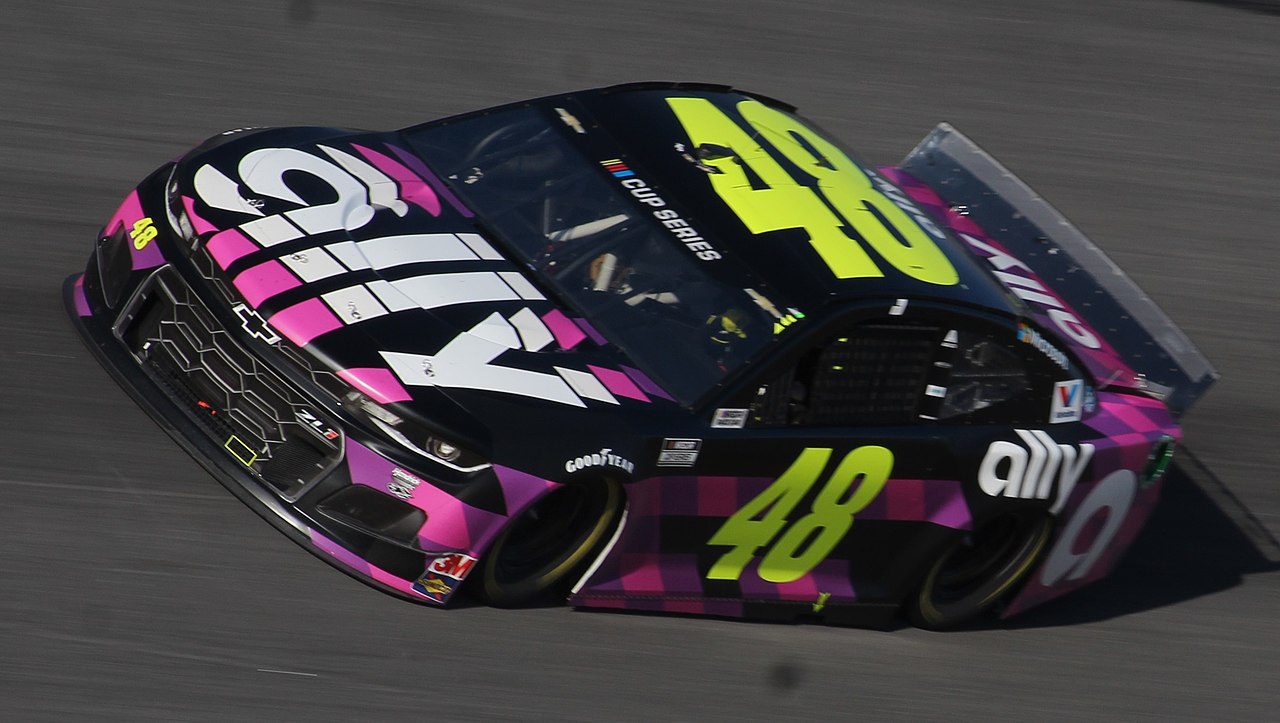NASCAR Sprint Cup endures being one of the most exciting and exhilarating motorsports events in the United States. The heated races, seasoned with flaring emotions and car crashes here and there, prove this sport’s intensity and entertainment value at the same time. Considered the pinnacle of motorsports, NASCAR’S Sprint Cup becomes a gathering of a tasty mixture of beginners and pros every season – all vying and competing for the coveted cup. Several individuals like Dale Earnhardt Jr., Kyle Busch, Brad Keselowski, to name a few, have etched their name in this motorsport and become icons that held fans together through time.
Through the years, NASCAR has made the best effort to keep drivers racing and spectators amazed. Efforts brought forth tons of changes, from revising some original rules, implementing more effective safety precautions, and redesigning and building the race cars. In a NASCAR Sprint Cup, drivers do not solely depend on their innate ability to take their machine to victory.
Car build and design also bring a huge impact on the outcome of the race. Of course, as you might be aware already, not all race cars are the same as they vary depending on the motorsport event. What race cars do they use in a NASCAR Sprint Cup series? And how do these cars work perfectly for the sport?
NASCAR Cup cars are manufactured following the front engine rear-wheel-drive automobile design. These cars are characterized by a closed cockpit, fenders, a rear spoiler, and an aerodynamic splitter which sets them apart from other race cars. They feature steel tube frames with roll cages that serve as the space frame chassis, which has an 89mm ground clearance. These cars have 2794mm wheelbases, and much like an F1, they are most likely to be 5036mm long, 1956mm wide, and 1378mm high. These cars weigh 1576kg with the driver and fuel included.
Sprint Cup cars run using smooth treaded slick tires manufactured and provided by Goodyear. As for the engine, cup cars are powered by a naturally aspirated V8 engine which allows them to produce about 725bhp without restrictions. However, as per NASCAR’s safety rule, restrictor plates are installed, especially when racing on specific tracks, decreasing the cars’ power output to around 445bhp. The cup cars’ torque level measures up to 530 ft-lb with a fuel capacity of 68 liters at most tracks. This fuel is delivered using electronic fuel injection since its introduction in 2012.
Four-speed manual gearboxes with three-disc carbon-fiber clutches are used in Sprint Cup, although some cars use cast-iron brakes. Car suspension, brakes, and automobile components are carefully selected and tailored to match different racetracks. All the car’s aspects are considered during the setup process as every component influences the weight and force distribution among the tires, affecting the handling and maneuvering of the vehicle. In recent years, coil bind setups have become more popular.
In 2013 came the era of Generation 6 (Gen 6) cars. These are following NASCAR’s project to make stock cars resemble their machine counterparts on the road. This allowed manufacturers to brand their NASCAR Cup Series cars and utilize different aero and downforce packages to up the cars’ racing performance while still using its predecessor’s (Car of Tomorrow) safety measures.
About six years later, most if not all cup cars have incorporated a digital dash advertised by the company McLaren. With sixteen customizable preset screens, this dash allows the racer’s monitoring of all the previous information, including several other elements like lap time and engine diagnostics. This upgrade lets the driver view Information displayed as either a gauge, numeral, bar graph, or LED.
Besides, there were also changes regarding the cars’ rear spoiler where the height was decreased by 2.5 inches from the original six inches at all tracks except Daytona and Talladega. Reductions were also made to the cars’ front splitter leading edges and the radiator pan widths, which made it more challenging for the driver. As for the gear ratios, they were also adjusted to maintain a 9,000rpm max engine speed.
The era of Gen 6 cars was supposed to end in 2020, making way to the next generation of cars, the New Gen. That, however, was postponed to 2022 due to the current Covid-19 pandemic.


